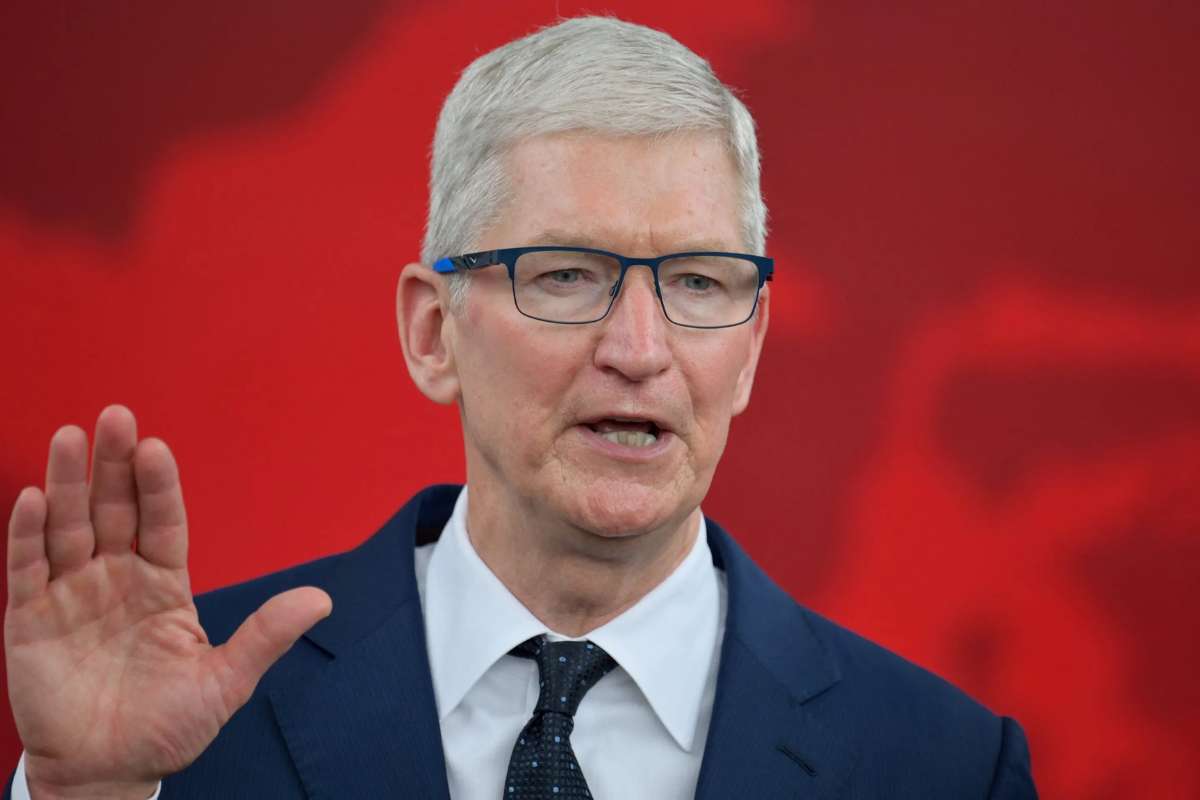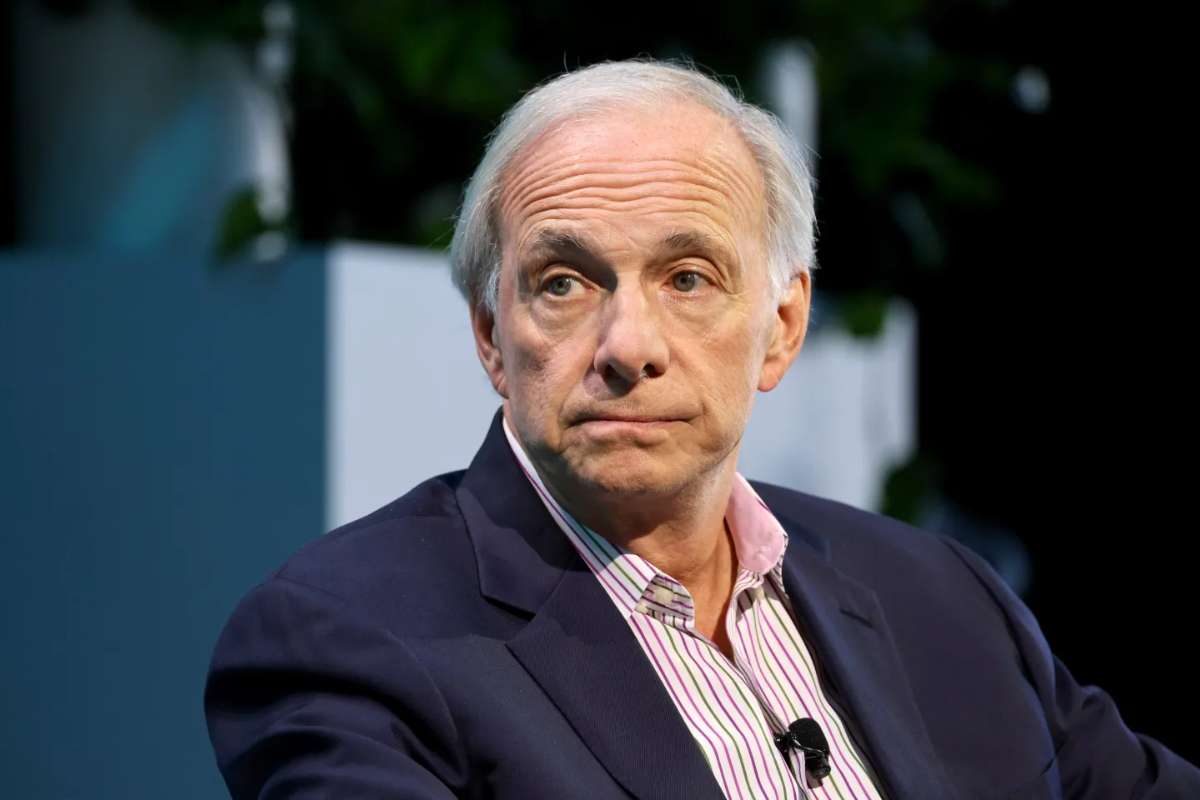Leadership plays a big role in the success of any team, company, or country. Some leaders focus only on daily tasks. Some care only about short-term wins. But others think differently. They look ahead. They see the future before it happens. These leaders shape tomorrow with the steps they take today.
This is the true meaning of visionary leadership. It is not about rules or control; it is about dreams, direction, and action. Today, this kind of leadership has become more important. This article would help you learn more about vision-driven leadership.
What Is Visionary Leadership?
Visionary leadership starts with a clear goal. The leader sees what is possible and takes action every day to achieve it. A visionary leader stays focused and does not get lost in small details. This leader sees the big picture. He or she has a deep belief in the future and a strong plan to reach it.
This leadership style builds energy. It helps people feel inspired. It shows teams where they are going and why their work matters. Visionary leadership turns ideas into actions. It brings people together to achieve something great.
Why is Visionary Leadership Important?
1. It Gives Teams a Clear Goal

When a leader has a strong vision, the team knows what to do. Everyone moves in the same direction. There is less confusion and more focus. Work feels more meaningful when people know they are building something special.
2. It Inspires People to Do Their Best
People need a reason to give their best. Visionary leadership gives them that reason. It helps them feel proud of their work. It gives them hope for a better future. This kind of leadership lifts people up, even during hard times.
3. It Encourages New Ideas
A visionary leader does not fear change. Instead, they welcome it. They want new ideas. They ask people to think big. They support smart risks. This leads to better products, stronger teams, and more growth.
4. It Builds a Strong Team Culture
Vision shapes culture. When a leader believes in a big goal, others start to believe too. The team feels like a family. People help each other. They trust one another. They want to grow together. This culture stays strong, even when the journey gets tough.
5. It Helps During Change
Change is part of every business. Visionary leaders help others stay calm during change. They give people a path to follow. They help teams see change not as a problem, but as a chance to grow.
Key Traits of a Visionary Leader
- Clarity: A visionary leader always knows what they want to build. They do not speak in confusing words. They explain the goal clearly so everyone understands.
- Courage: Leading with vision takes bravery. It means making bold moves. It means taking the first step when no one else does.
- Empathy: Visionary leaders care about people. They listen with respect. They make others feel seen and heard.
- Creativity: These leaders see things in new ways. They think beyond what already exists. They look for better answers.
- Action: Vision is just a dream without action. Visionary leaders act with purpose. They work hard to turn their ideas into real results.
Examples of Visionary Leadership

Many leaders show what visionary leadership looks like. Steve Jobs dreamed of changing how people use technology. He helped create devices that changed the world. Elon Musk imagined a future where people live on other planets. He started companies to make that dream a reality.
Dr. A. P. J. Abdul Kalam wanted every child in India to dream big. He worked to bring science and progress to every corner of the country. His vision lives on in the hearts of many.
Visionary leadership is not just for famous people. A school principal with a dream to improve education is a visionary leader. A small business owner who helps her community grow is also a visionary leader. Anyone can lead with vision, no matter how big or small the team.
How to Develop Visionary Leadership?

1. Start with a Big Goal
Think about the future. Ask yourself where you want your team to go. Your vision should be strong, simple, and inspiring.
2. Share the Vision Often
Talk about your vision every day. Use clear and honest words. Help people see how they can be part of the dream.
3. Take Feedback Seriously
Vision grows stronger with the help of others. Listen when people share ideas. Use their thoughts to improve your plan.
4. Act with Purpose
Do not just wait for things to happen. Take steps toward the goal. Even small actions bring you closer to success.
5. Stay Open to Change
The world moves fast. Be ready to adjust your plan if needed. Stay true to the vision, but change your path when you must.
Conclusion
Visionary leadership is the heart of progress. It brings people together. It gives meaning to work. It helps teams grow strong and stay focused. With the right vision, leaders can guide others through any storm.
You do not need to be perfect to lead with vision. You need a dream, a plan, and the courage to act. With time and effort, you can become a leader who builds the future, step by step.
In every field, in every corner of the world, we need more visionary leadership. When people lead with purpose and heart, the world becomes a better place for all.


















